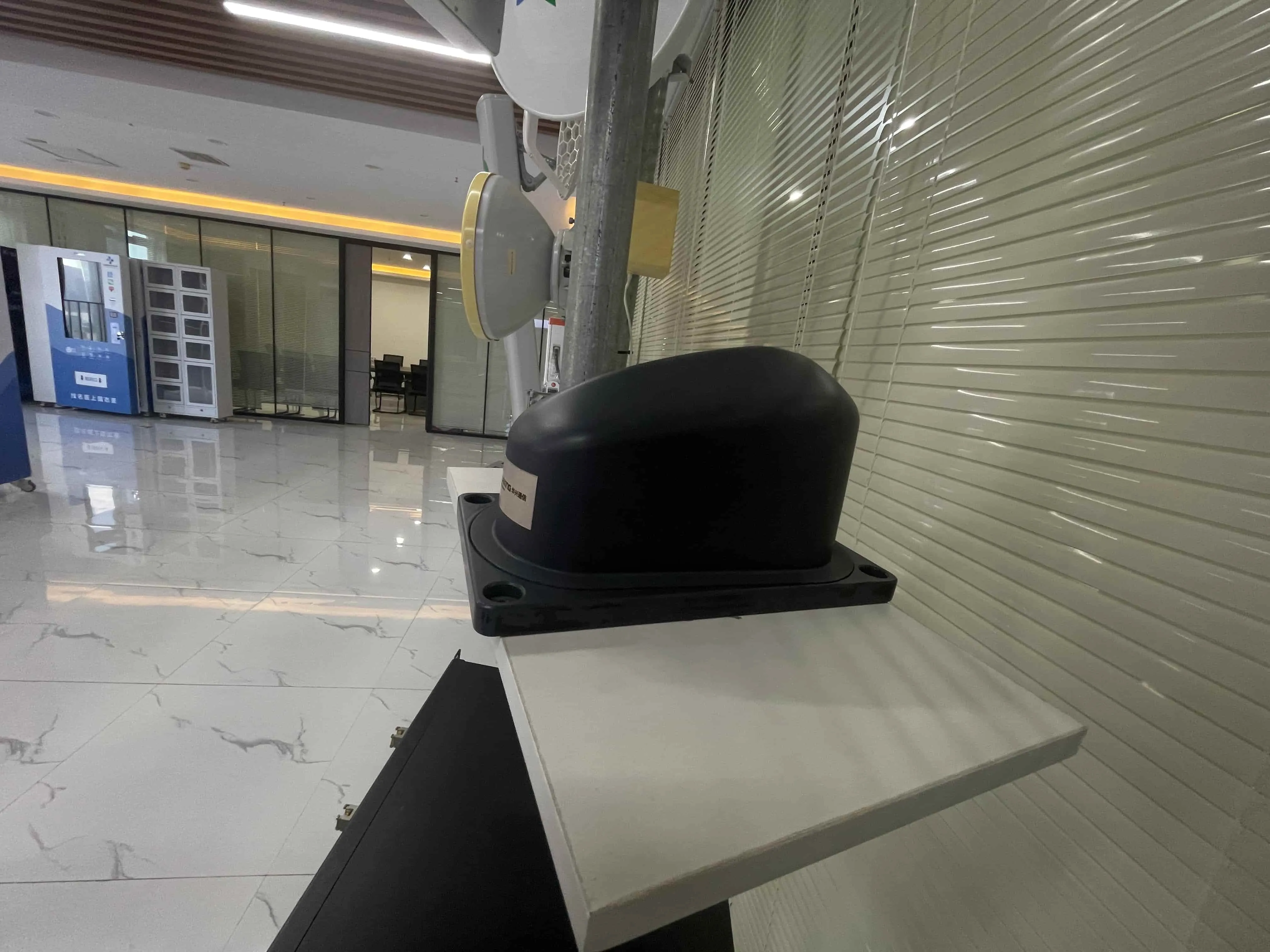Understanding the Evolution of 5G Frequency Spectrum
As 5G technology continues to revolutionize wireless communications, the debate between millimeter wave (mmWave) and Sub-6 GHz frequency bands has become increasingly significant. These 5G frequency bands represent different approaches to delivering next-generation wireless connectivity, each with its own set of characteristics and performance implications. To fully grasp their impact on modern telecommunications, we need to explore how these frequencies shape our connected future.
The wireless spectrum landscape has evolved dramatically since the early days of cellular communications. While previous generations primarily utilized lower frequencies, 5G introduces a broader range of spectrum options, including both Sub-6 GHz and the higher millimeter wave frequencies. This expansion into new frequency territories opens up unprecedented possibilities for wireless communications while presenting unique challenges and opportunities.
Technical Foundations of 5G Frequency Bands
Millimeter Wave Technology Explained
Millimeter wave technology operates in the frequency range of 24 GHz and above, representing the highest frequencies ever used in cellular communications. These 5G frequency bands offer extraordinary data capacity and speed potential, capable of delivering multi-gigabit wireless connections. The shorter wavelengths of mmWave signals allow for the implementation of massive MIMO (Multiple Input Multiple Output) systems with compact antenna arrays, enabling highly focused beams of data transmission.
However, mmWave signals face significant physical limitations. These high-frequency waves struggle to penetrate solid objects like buildings and can be affected by environmental factors such as rain and foliage. The coverage range is also limited, typically extending only a few hundred meters from the base station, requiring a denser network of small cells for effective deployment.
Sub-6 GHz Characteristics and Capabilities
Sub-6 GHz frequencies, operating below 6 GHz, provide a more balanced approach to 5G deployment. These 5G frequency bands offer better building penetration and wider coverage areas compared to mmWave, making them particularly suitable for broad geographical coverage. The signals can travel several kilometers from the base station, allowing for more efficient network deployment in both urban and suburban environments.
While Sub-6 GHz may not match the peak speeds of mmWave, it delivers more consistent performance and reliable connectivity. This frequency range includes both low-band (below 1 GHz) and mid-band (1-6 GHz) spectrum, each offering different combinations of coverage and capacity that can be optimized for specific use cases.
Performance Analysis and Real-World Applications
Speed and Bandwidth Capabilities
The performance differences between mmWave and Sub-6 GHz are most evident in their data transmission capabilities. Millimeter wave 5G frequency bands can achieve theoretical speeds exceeding 20 Gbps, making them ideal for high-density areas requiring extreme capacity, such as stadiums, convention centers, and urban cores. These speeds enable applications like 8K video streaming, advanced augmented reality, and real-time cloud gaming.
Sub-6 GHz typically delivers speeds ranging from 100 Mbps to 1 Gbps, which, while lower than mmWave, still represents a significant improvement over 4G LTE. These speeds are more than adequate for most current consumer applications, including 4K video streaming, video conferencing, and connected home devices.
Coverage and Deployment Considerations
Network deployment strategies must carefully consider the characteristics of different 5G frequency bands. Sub-6 GHz's superior propagation characteristics make it the foundation for nationwide 5G coverage, requiring fewer base stations and providing more consistent indoor coverage. This makes it more cost-effective for operators to deploy and maintain.
Millimeter wave deployment, while offering unprecedented capacity, requires a much denser network of small cells. This increased infrastructure requirement makes mmWave deployment more suitable for targeted high-traffic areas rather than broad coverage. The combination of both frequencies often provides the optimal solution, with mmWave handling capacity demands in dense urban areas while Sub-6 GHz ensures widespread coverage.
Industry Applications and Future Developments
Enterprise and Industrial Solutions
Different 5G frequency bands serve distinct industrial needs. Manufacturing facilities often benefit from mmWave's high capacity and low latency for applications like automated robotics and real-time quality control systems. The contained environment of factories also helps mitigate mmWave's propagation limitations.
Sub-6 GHz proves valuable for large-scale IoT deployments, smart agriculture, and widespread sensor networks where consistent coverage is more critical than peak speeds. The better building penetration of Sub-6 GHz also makes it suitable for smart building applications and indoor industrial IoT solutions.
Future Technology Integration
The evolution of 5G frequency bands continues as new technologies emerge. Advanced beamforming techniques and improved antenna designs are helping to address mmWave's limitations, while carrier aggregation and dynamic spectrum sharing enhance Sub-6 GHz performance. The integration of artificial intelligence in network management is also optimizing the use of both frequency ranges.
Looking ahead, the industry is already exploring ways to combine these frequencies more effectively, potentially leading to seamless transitions between different 5G frequency bands based on user needs and environmental conditions. This convergence will be crucial for supporting next-generation applications like autonomous vehicles and advanced mixed reality experiences.
Frequently Asked Questions
What makes millimeter wave frequencies different from traditional cellular bands?
Millimeter wave frequencies operate at much higher frequencies (24 GHz and above) than traditional cellular bands, offering significantly higher data capacity and speeds. However, they have limited range and struggle with obstacle penetration, requiring more dense network deployment.
Can Sub-6 GHz support advanced 5G applications?
Yes, Sub-6 GHz can support most advanced 5G applications, offering speeds up to 1 Gbps with better coverage and building penetration. While not as fast as mmWave, it provides sufficient performance for most current consumer and business applications.
How do weather conditions affect different 5G frequency bands?
Weather conditions have a more significant impact on mmWave frequencies, with rain and humidity potentially causing signal attenuation. Sub-6 GHz frequencies are more resilient to weather effects, maintaining more consistent performance in various environmental conditions.

